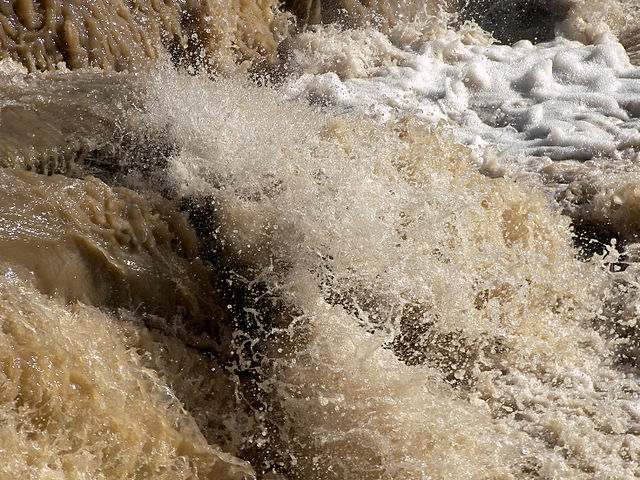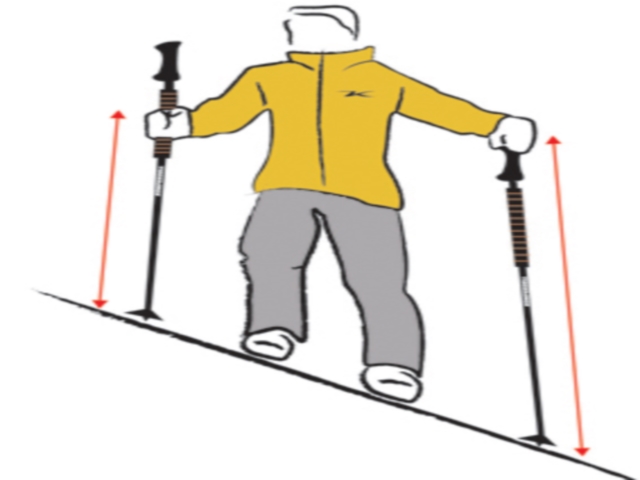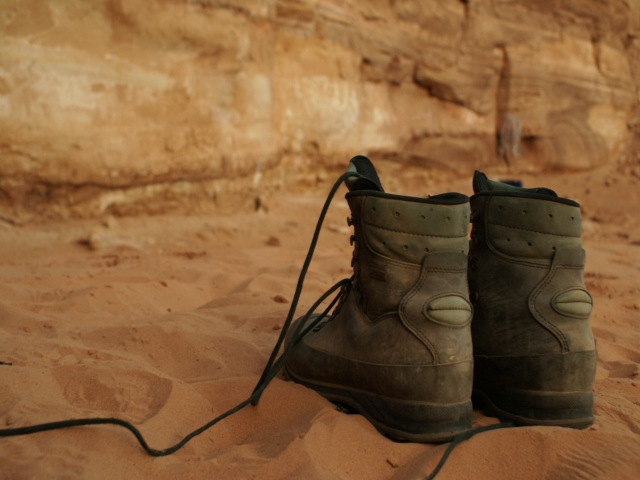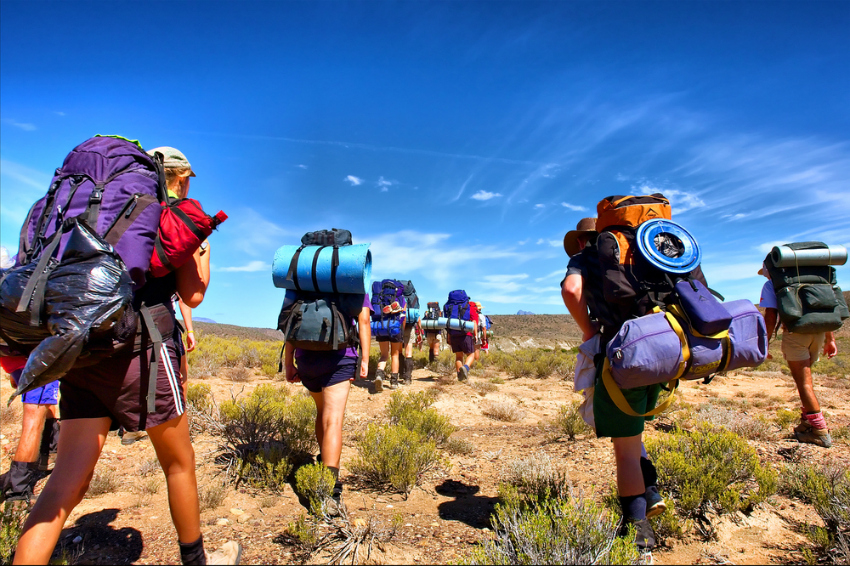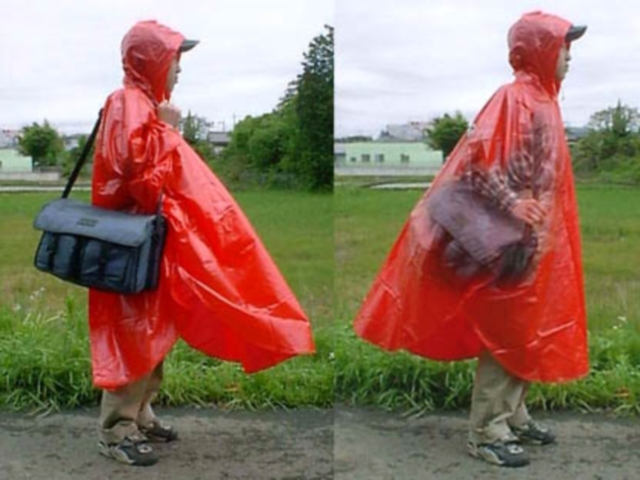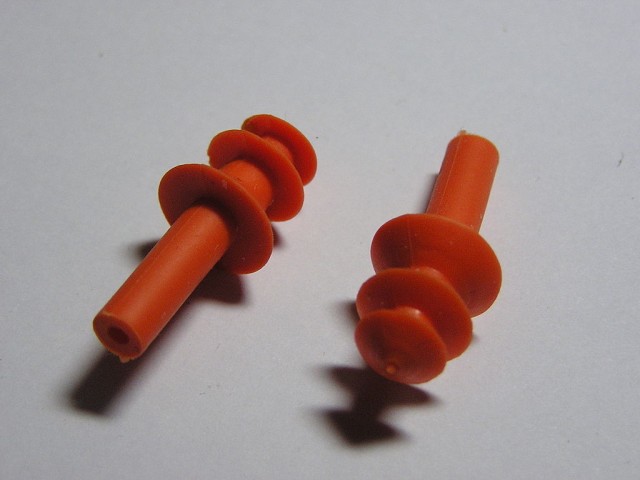Climbers throughout the world list Kilimanjaro as one of their favorite climbs, and it’s not hard to see why. This freestanding mountain begins with lush forests and ends with a breathtaking view of Africa. Whether this is your first adventure to Kilimanjaro or just a return visit, remember these 15 items for a safe and happy journey.
1. Water Purifiers
Water will be one of the main points of your climb as each person is encouraged to keep fluid levels high. This vital liquid is available on the mountain, but purification is recommended. Many companies produce tablets or devices that can be brought on the journey and quickly used. It’s an important step that avoids the hassles of boiling liquids.
2. Trekking Poles
At some point in the journey, fatigue will set in — for even the most experienced climber. Trekking poles are great for the whole climb but they become especially useful as each step becomes difficult. These tools are often crafted with durable materials like aluminum that prevent breaking along the way.
3. Headlamp
People often remember the flashlight for their climb but forget a headlamp. This is a great choice, especially when hiking at night or trying to maneuver the campsite. The versatile item also gives you convenient illumination when reading or catching up on writing for the next day.
4. Balaclava
This covering is an outstanding choice when covering your face. It can be positioned to reflect any conditions you may face including winds and colder air that could irritate skin. Look for models that feature a lightweight fabric as opposed to heavier materials.
5. Trekking Boots
Footwear is one of the most important gear choices for your adventure. Mountaineering boots are too heavy, but trekking boots are just right for the difficult terrain. They offer a stronger grip that is necessary as the altitude changes and vegetation begins to disappear.
6. Backpack
Porters or guides are available on many trips to transport your additional baggage, but personal items should always be in a backpack that you carry. They should be constructed specifically for long treks, so avoid those lightweight choices when choosing a bag.
7. Watch
Put the smartphones away. You will need a reliable way to keep track of time, and wristwatches are the perfect accessory.
8. Bottles
Keeping a constant supply of clean water is essential to the trip. Several bottles should be on hand and filled with purified water at every moment. Try to choose bottles that have been approved for climbers or constructed with durable materials. Portable reservoirs are also acceptable choices for longer treks.
9. Rain Gear
Rain gear is not just for rainy season. Having a poncho on hand can be used for covering accessories or provide a clean covering when it’s time to sit down. Sock liners can also help remove that unwanted moisture as you sweat.
10. Sleeping Bag With Liner
Sleeping bags are a no brainer on these long journeys — but many people forget liners. These liners protect against debris and moisture while providing a warmer space. Installation is easy and most are machine washable.
11. Sunscreen
Never forget the sunscreen. Some climbers fail to understand the effects of the sun as they reach colder temperatures but burns are still a possibility. Look for the highest possible SPF and a waterproof formula that reduces time spent on reapplication.
12. Empty Plastic Bags
Empty plastic bags have so many uses during the trek. Many people rely on them to transport fragile contents or protect their belongings. Others rely on the bags as clothing becomes dirty or items are no longer needed. Their uses extend even farther to issues such as sanitation.
13. Earplugs
Sometimes peace and quiet is not always found on Kilimanjaro. If your looking for a peaceful moment at the campsite, consider these items that will keep you well rested for the next day. Keep in mind they should not be used during actual hikes when hearing others in the group is necessary.
14. First Aid Kit
Safety is always an issue when climbing. Unfortunately, accidents do happen. A first aid kit is essential for treating small accidents or injuries that will naturally happen during the trek. Prepared kits are available specifically for this journey and may be easier to deal with than assembling your own version.
15. Thermal Clothing
Thermal clothing is a must have choice for Kilimanjaro explorers. It will keep you warm in any condition and provide an additional level of comfort in even the most uncomfortable moments.
Want to discover the finer side of Africa? Sign up for our weekly newsletter.
